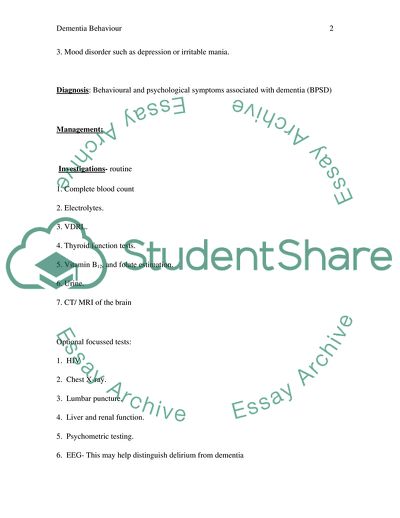Cite this document
(Dementia Behaviour in Real Life Case Study Example | Topics and Well Written Essays - 2250 words, n.d.)
Dementia Behaviour in Real Life Case Study Example | Topics and Well Written Essays - 2250 words. https://studentshare.org/health-sciences-medicine/1702856-dementia-behavioure
Dementia Behaviour in Real Life Case Study Example | Topics and Well Written Essays - 2250 words. https://studentshare.org/health-sciences-medicine/1702856-dementia-behavioure
(Dementia Behaviour in Real Life Case Study Example | Topics and Well Written Essays - 2250 Words)
Dementia Behaviour in Real Life Case Study Example | Topics and Well Written Essays - 2250 Words. https://studentshare.org/health-sciences-medicine/1702856-dementia-behavioure.
Dementia Behaviour in Real Life Case Study Example | Topics and Well Written Essays - 2250 Words. https://studentshare.org/health-sciences-medicine/1702856-dementia-behavioure.
“Dementia Behaviour in Real Life Case Study Example | Topics and Well Written Essays - 2250 Words”. https://studentshare.org/health-sciences-medicine/1702856-dementia-behavioure.


